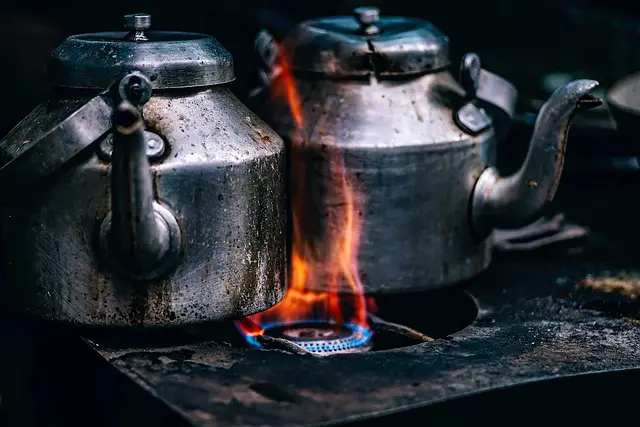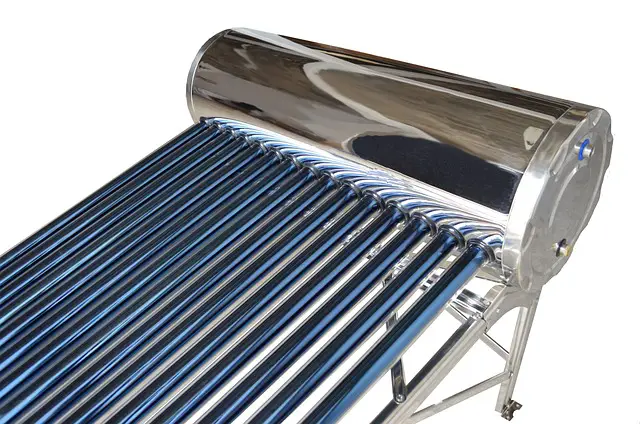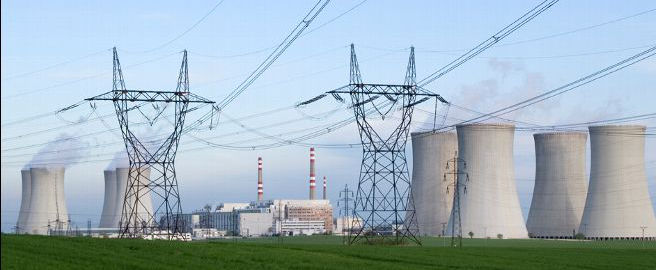
Thermal energy, also known as heat energy, is one of the most common and versatile forms of energy we find in our everyday world. It originates from the heat and temperature of objects and substances, and manifests itself in a wide variety of applications in our daily lives and in industry.
In this article, we show 10 fascinating examples of thermal energy and its impact on our society.
1. Cooking and food preparation
 Cooking is one of the most obvious examples of thermal energy in action.
Cooking is one of the most obvious examples of thermal energy in action.
When we turn on the stove to cook a meal, we are using thermal energy to heat and cook the food. Heat is transferred from the heat source to the pan or pot, raising the temperature of the ingredients and allowing them to cook or simmer.
Stoves, ovens, grills, and microwaves are common devices that harness thermal energy in the kitchen.
2. Residential heating
In cold climates, residential heating is essential to keep us comfortable and protected from the cold.
Heating systems, whether radiators, underfloor heating systems or hot air systems, work by generating thermal energy to raise the interior temperature of homes.
This thermal energy is transferred to air or water and distributed throughout the house to provide heat during the cold months of the year.
3. Electricity generation
Electricity generation is one of the most important uses of thermal energy at an industrial level.
Power plants use various heat sources, such as coal, natural gas, nuclear energy or solar energy, to heat water and produce steam.
This steam is used to drive turbines that generate electricity. For example, coal-fired power plants burn coal to generate heat, while nuclear power plants use nuclear fission to release thermal energy.
4. Water heating
Water heaters are common devices in our homes that use thermal energy to raise the temperature of the water.
Whether for showers, washing machines, dishwashers or swimming pools, these devices use a heat source, such as an electric resistance or a gas flame, to heat the water and provide it at the desired temperature.
5. Clothes dryers
Clothes dryers use this form of energy to dry wet clothes. The process involves heating the air and circulating it through the wet clothing, which speeds up the evaporation of water and leaves the clothing dry.
These machines are a clear example of how thermal energy is used to improve efficiency and comfort in our lives.
6. Air conditioning
HVAC systems, such as air conditioners and heat pumps, are another important example of thermal energy in action.
In warm months, air conditioners use thermal energy to remove heat from the indoor air and maintain a comfortable temperature. On the other hand, in winter, heat pumps extract thermal energy from outside air to heat the interior of buildings.
7. Industry and manufacturing processes
Industry uses thermal energy in a variety of processes, from metal smelting to chemical and food manufacturing.
Industrial ovens generate extremely high temperatures to transform raw materials into finished products. For example, in the glass industry, molten glass is produced using high-temperature furnaces that harness thermal energy to melt components and shape the glass.
8. Solar thermal panels
 Solar thermal panels are devices designed to capture solar radiation and convert it into thermal energy.
Solar thermal panels are devices designed to capture solar radiation and convert it into thermal energy.
These panels use thermal energy to heat a fluid, which is then used to heat water or produce steam for electricity generation. They are a clean and sustainable way to harness the sun's thermal energy for residential and commercial applications.
9. Saunas and Turkish baths
Saunas and Turkish baths are spaces specifically designed to harness thermal energy for therapeutic and relaxation purposes.
Saunas, for example, raise the temperature of the air and the human body to promote the elimination of toxins and muscle relaxation.
10. Nuclear energy
 Nuclear energy is another notable example of thermal energy in electricity generation.
Nuclear energy is another notable example of thermal energy in electricity generation.
In nuclear power plants, thermal energy is produced through nuclear fission, where the atomic nuclei of uranium split, releasing a large amount of energy in the form of heat. This heat is used to convert water into steam and drive electricity-generating turbines.